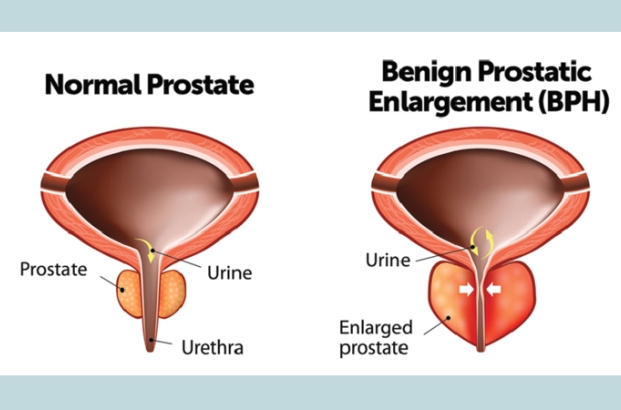Categories
- Bariatric Surgery (11)
- Black Fungus (5)
- Bone Marrow transplant (3)
- Brain Tumor Surgery Navigation Technology (20)
- Cardiac Surgery (66)
- Cardiology (97)
- Computer navigation technology for joint replacements (20)
- Covid Vaccination (17)
- Critical Care (2)
- Dental (19)
- Dermatology (31)
- Dialysis Support Group - “UTSAAH” (11)
- Dietitian (33)
- Emergency Medicine (4)
- Emotional Health (11)
- Endocrinology (33)
- ENT (20)
- Gastroenterology and GI Surgery (53)
- General and Laparoscopic Surgery (21)
- General Surgery (4)
- Gynecology & Obstetrics (183)
- Hematology (20)
- Internal Medicine (294)
- Kidney Transplant (50)
- Kidney Transplantation (20)
- Lung Cancer (8)
- Minimal Invasive Surgery (1)
- Mother & Child (20)
- mucormycosis (5)
- Nephrology (61)
- Neurology (147)
- Neurosurgery (68)
- Nutrition and Dietetics (107)
- Omicron Variant (1)
- Oncology (288)
- Ophthalmology (10)
- Orthopaedics & Joint Replacement (86)
- Paediatrics (59)
- Pediatric Nephrology (3)
- Physiotherapy (5)
- Plastic & Reconstructive Surgery (6)
- Psychiatry and Psychology (90)
- Psychologist (28)
- Pulmonology (72)
- Rheumatology (13)
- Spine Services (21)
- Transradial Angioplasty (16)
- Urology (84)
Query Form
Posted on Apr 19, 2022
MAMMOGRAPHY IN BREAST CANCER
Mammography is an important test which helps in diagnosing breast cancer by imaging the breast tissue. In this imaging, the body part (breast) is exposed to a small dose of ionizing radiation that produces an image of breast tissue. And can show changes in breast tissue including lump before it can be felt. This imaging can also show tiny clusters of calcium called micro-calcifications. Lumps or specks can be caused by various factors like cancer, fatty cells, or other conditions like cysts. Further tests are required to diagnose any more abnormal cells.

What happens if the mammography test shows some abnormality?
If the scan shows some abnormal area of the breast, the doctor shall advise the patient for some additional tests offering more detailed and clear images of that area. Although lumps are usually non-cancerous, the only way to be certain about the diagnosis is to perform additional tests, such as an ultrasound or MRI.
If further investigations also show that the mass is solid, the biopsy may be recommended which is a small procedure in which representative tissue is taken from the suspicious area to check for the presence of cancer.
What are the other follow-ups required if the Mammography is positive?
There are other follow-up tests needed if mammography is found to be positive and the follow-up tests will depend on the recommendations given by a doctor, which depends from individual to individual.
In some cases, follow-up mammogram (may be called a diagnostic mammogram) or breast ultrasound is done. If the finding doesn’t look like breast cancer (for example, it’s a cyst), no as such further testing is required only the regular breast cancer screening with clinical breast exams and mammograms are required. Also sometime, additional tests such as a breast MRI may be recommended. If the finding looks like it might be cancer, the next step is a biopsy to remove some of the tissue to check for cancer. If the biopsy shows no cancer, the patient returns to your regular schedule of screening with clinical breast exams and mammograms.



